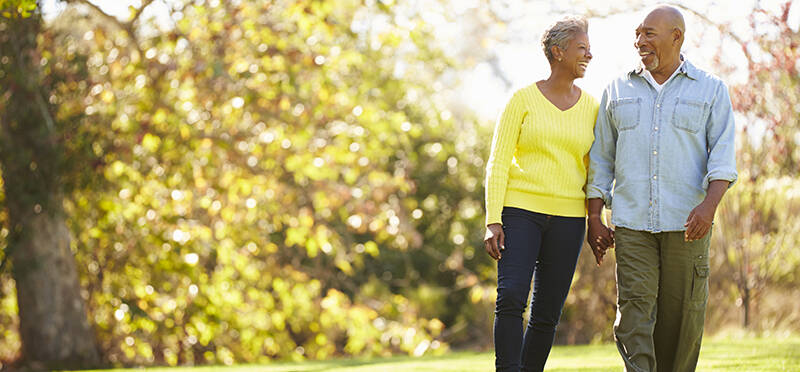Can PT Help Prevent Heart Disease?
Posted on February 21, 2022 by J. Cory Silver, PT, DPT, VRT, CAFS, 3DMAPS
The short answer is YES! Heart disease is the leading cause of death in the United States. With a widespread...
(more…)











